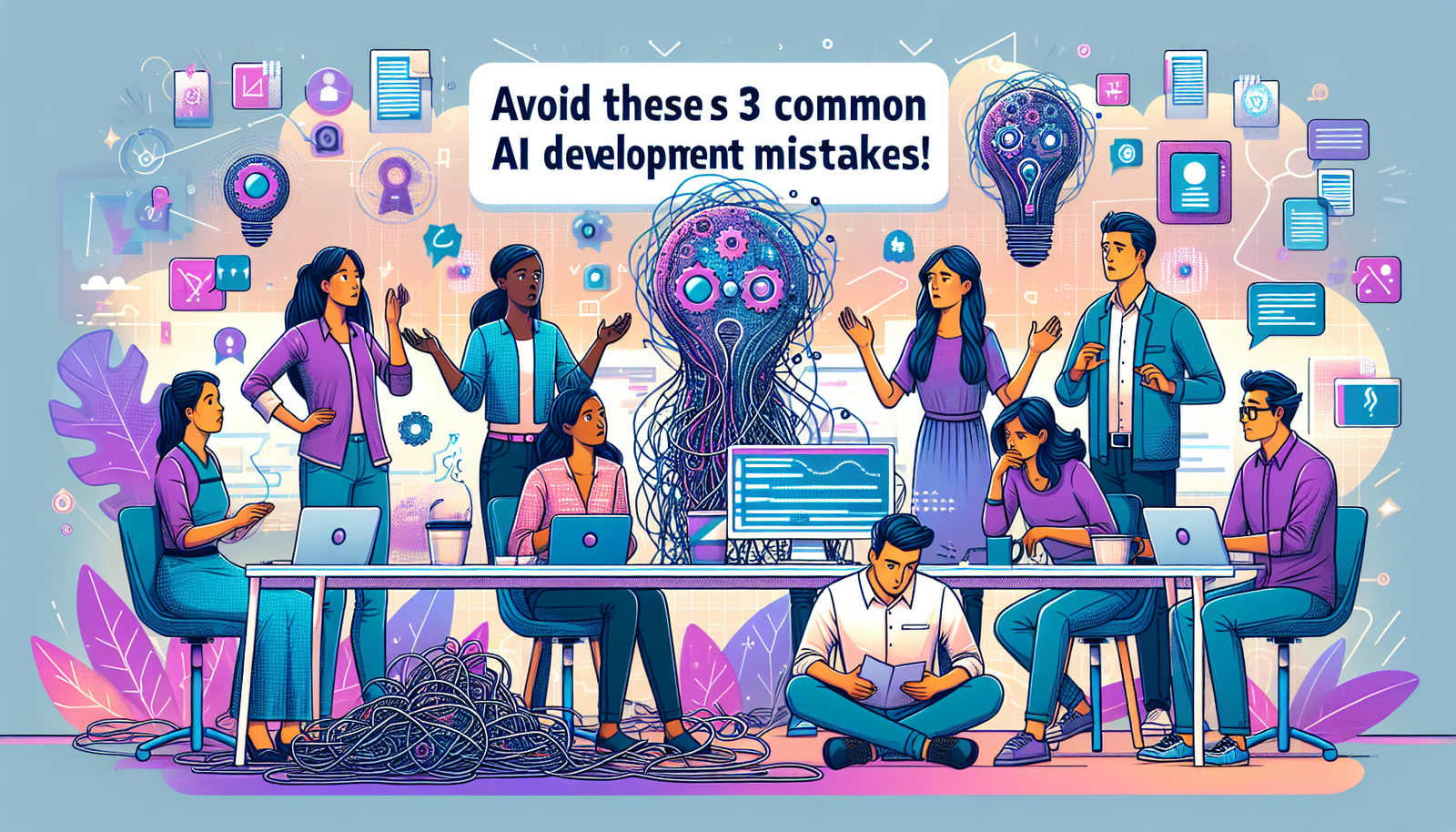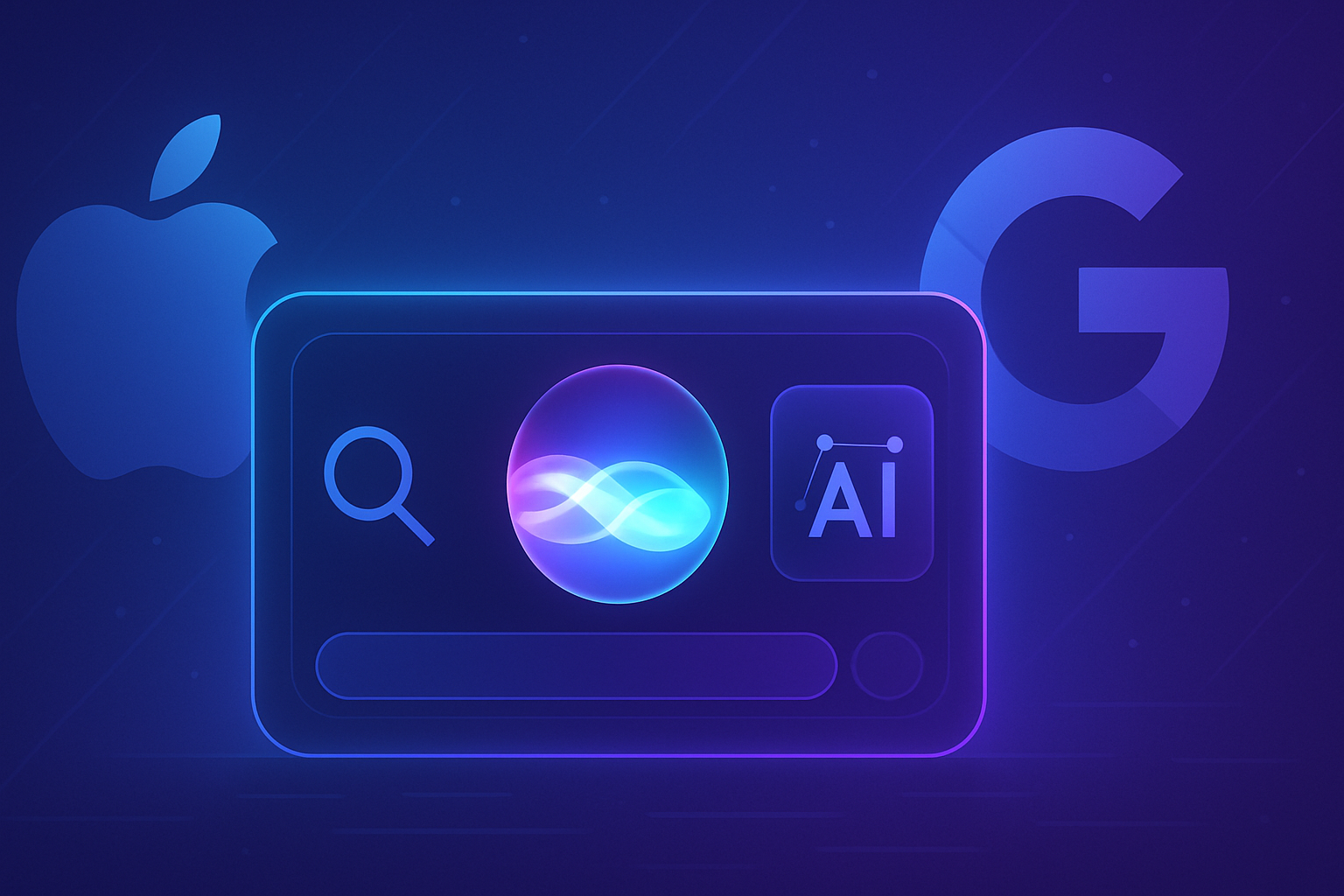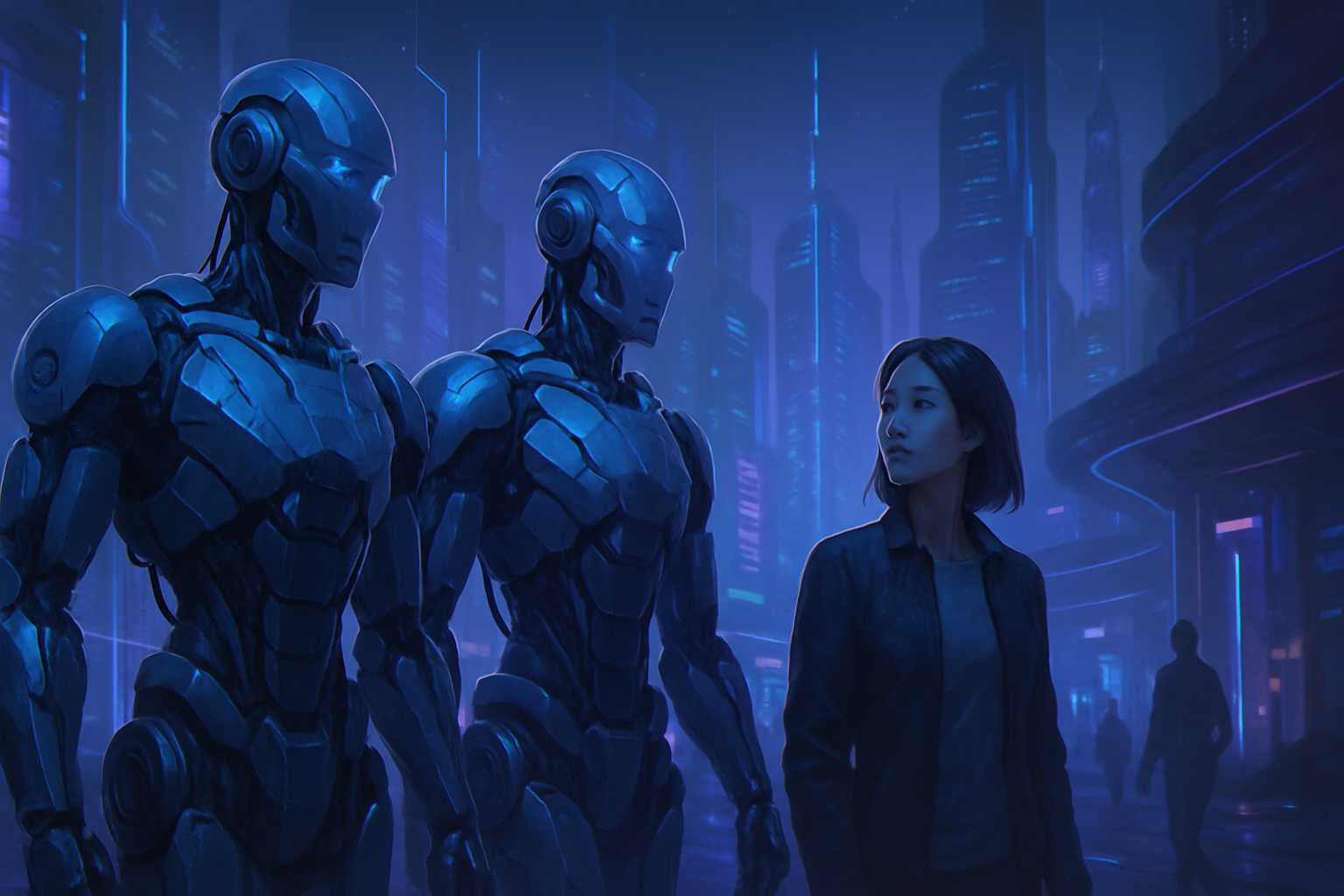Avoiding obsolescence becomes a vital challenge for tech startups. Don’t give in to temporary solutions that threaten the sustainability of your innovations. *Katia Gil Guzman* from *OpenAI* highlights three common mistakes to avoid for success in the development of AI tools. Anticipating technological changes allows for advantageous positioning in the market. The expertise brought by this expert is an essential lever towards sustainable and bold projects.
Pitfalls to Avoid in the Development of AI Tools
The rapid rise of artificial intelligence poses distinct challenges for startups. Katia Gil Guzman, a developer at OpenAI, has highlighted tactical mistakes to avoid when designing AI solutions. These often invisible errors can lead to the rapid obsolescence of otherwise promising products.
Capitalizing on the Temporary Flaws of Models
Many developers invest in temporary solutions to address technical limitations. Gil Guzman warns against this practice, labeling these initiatives as AI wrappers, which consist of superfluous interfaces adding little value. This approach destines these products to rapid obsolescence, as major sector players, such as OpenAI and Google, quickly integrate substantial improvements.
There was a time when extracting information from a PDF was a challenge. With the arrival of advanced models like GPT-4, this process has become simpler, calling into question the relevance of certain recent innovations. Startups must therefore avoid focusing on superficial solutions.
Neglecting Uniqueness and Hyper-targeting
To ensure the longevity of a product, it is imperative to identify its unfair advantage, meaning the unique value it offers. Gil Guzman emphasizes the irreplaceable nature of sector specialization. Tech giants, like Google or OpenAI, will never offer products specifically designed for a particular domain or user.
Striking examples illustrate this principle, notably the startup Dust, which leverages language models to optimize specific workflows. Others, like Speak, transform language learning through AI. In each case, AI serves as a tool aimed at enhancing the effectiveness of the solutions offered.
Persisting in the Same Direction Instead of Changing Course
The sunk cost fallacy is a common obstacle in technological development. This phenomenon drives companies to persist in their trajectories at the expense of necessary renewal. Gil Guzman illustrates this issue by referencing OpenAI, which has invested in specialized models despite the advantages of GPT-4.
Leaders must know when to redirect their efforts to avoid strategic paralysis. Katia Gil Guzman questions a team’s ability to make the leap when it comes to adopting a new direction after investing time and resources in a project.
Anticipating the Future to Remain Competitive
Businesses must immerse themselves in the advancements in AI to grasp their implications. Gil Guzman urges market players to evolve at a pace equivalent to that of technology. The future will be defined by those capable of anticipating trends and constantly innovating in response to changes. The sector no longer allows for hesitation; understanding changes becomes a decisive asset.
In this pursuit of innovation, the ability to stand out through relevant solutions will have a significant impact on the sustainability of products and companies. Only proactive anticipation will allow one to navigate the increasing uncertainty of the technological landscape.
Frequently Asked Questions about Mistakes to Avoid in the Development of AI Tools
What are the common mistakes to avoid when developing AI tools?
The three main mistakes include: capitalizing on current flaws in models, neglecting the importance of uniqueness and hyper-targeting, and persisting in a direction instead of starting over.
Why is it risky to capitalize on the flaws of existing AI models?
Investing in temporary solutions, like AI wrappers, can lead to rapidly obsolete products, as major players will fill these gaps with more robust solutions.
How can one identify and integrate an unfair advantage in the development of AI solutions?
To identify an unfair advantage, it is essential to focus on the unique value your product brings to its users, developing solutions tailored to specific niches and using AI as a tool to enhance these solutions.
What is the problem with the sunk cost fallacy in the context of AI development?
This psychological bias encourages creators to persist in already started projects, even when conditions change, making it sometimes more rational to start over to adapt to market changes.
How can startups prepare for future AI developments to avoid obsolescence?
Startups must anticipate technological changes by monitoring the evolution of AI models, integrating new technologies into their practices, and adapting their offerings based on emerging market needs.
Why is hyper-targeting crucial for the sustainability of an AI product?
Hyper-targeting enables the development of specific solutions tailored to the needs of a target group, making the product more relevant over time and difficult to replicate by large generalist players.
What are examples of startups that have successfully leveraged AI in a relevant way?
Examples include Dust, which applies Large Language Models to specific business workflows, and Speak, which uses AI for language learning, showing that AI can be a powerful tool for pointed solutions.
How can one avoid creating temporary solutions in the development of AI tools?
It is crucial to design sustainable solutions by investing in innovative technologies and anticipating future needs, rather than simply addressing the current gaps in existing models.






